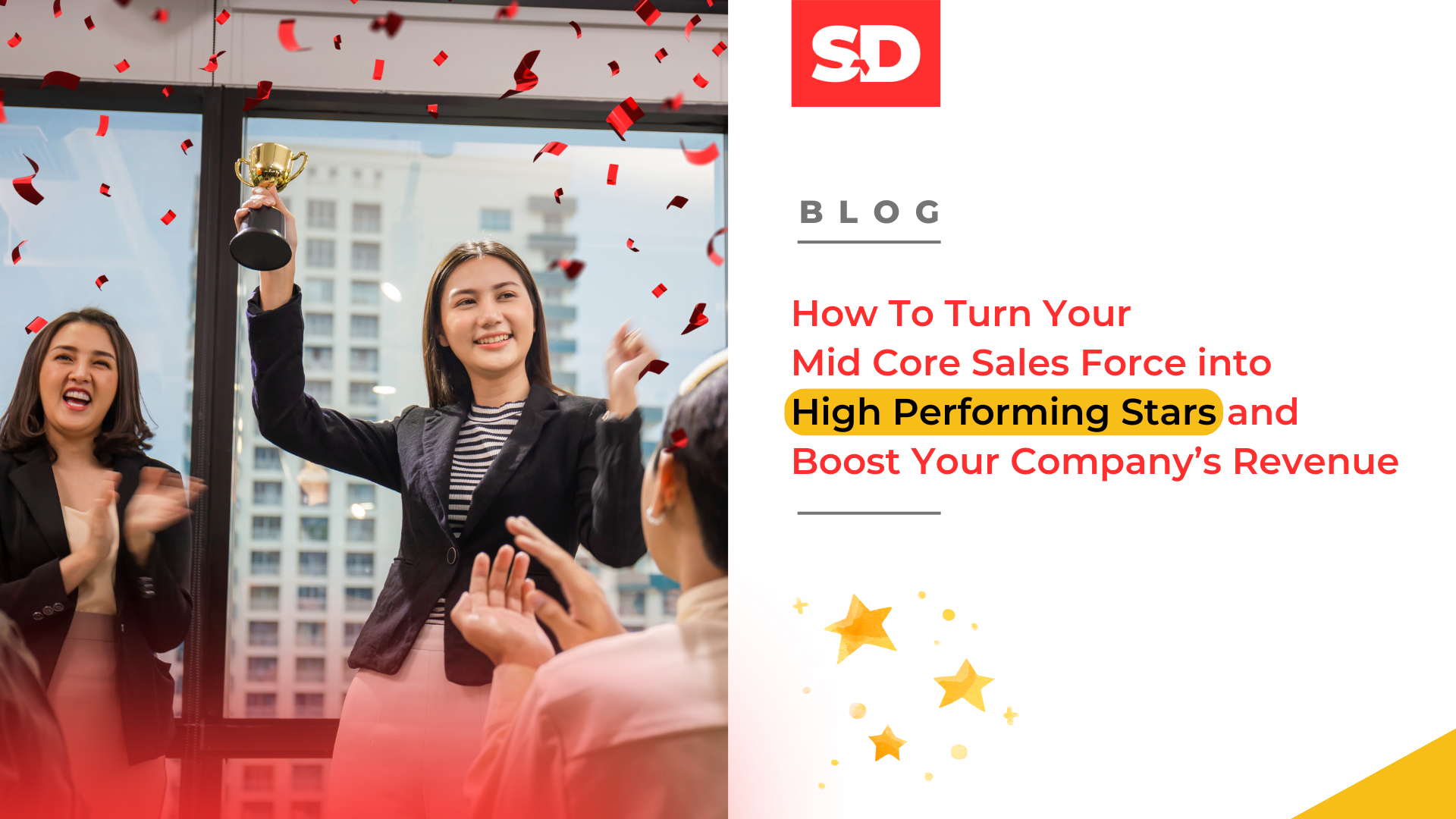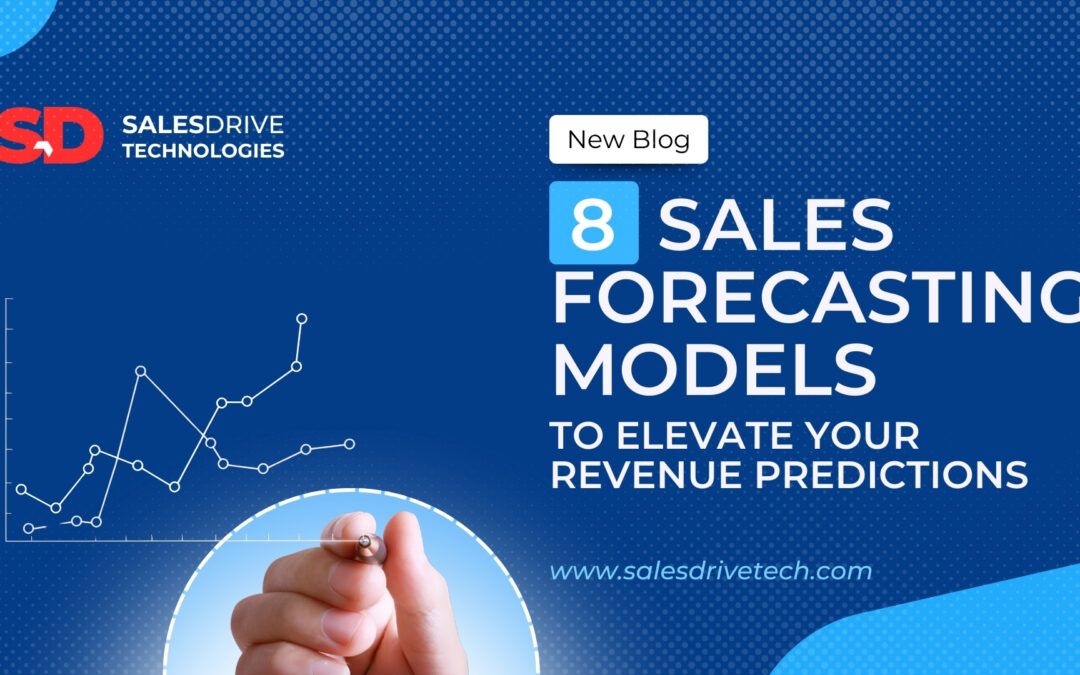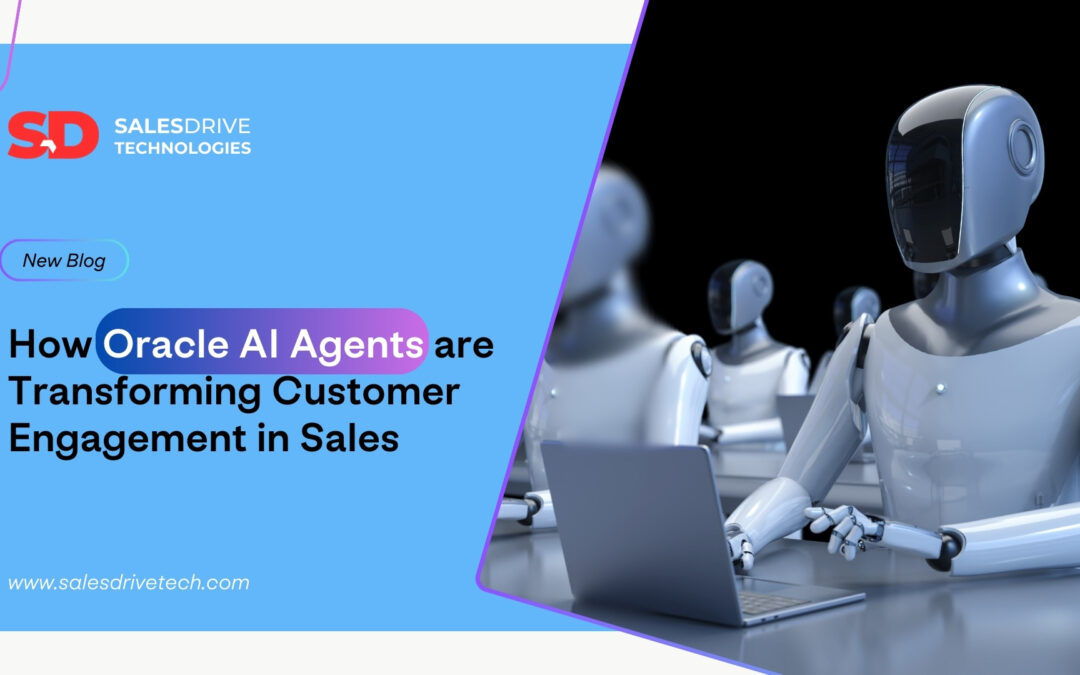A Case for personalized incentive compensation plans powered by Oracle
Sara The Sales Force Messiah:
Zephyr is a leading provider of cloud-based solutions for small and medium businesses in the healthcare industry. It offers a range of products and services that help its clients manage their patient records, billing, scheduling, and communication.
Zephyr recently hired Sara as the new sales force manager. It has 120 sales people in five states. Zephyr wants to improve the sales performance of her team and increase the revenue of the company. Sara decides to analyze the data of the sales people and find out what are the best practices and behaviors that lead to more sales.
She discovers that the top 10% of the sales people close more than 30% of the sales, while the middle 80% close more than 60% and the bottom 10% close only 10%. She also notices that the revenue generated by the top 10% is growing faster than the revenue of the middle 80%. She names them stars, mid core and laggards.
Sara is quick to understand that if she leaves this situation as is, she is going to have a heavy attrition in the middle 80%. That means putting 60% of the company’s sales revenue at risk. On further analysis she sees that the top 20% of the core are very close to the stars in closes as well as revenue.
Sara wants to leverage this group and motivate them to reach the stars. She meets with the stars to understand their specific behaviors that are unique and different from the rest. For example, she finds out that they:
-
-
- Follow up with their leads regularly and promptly
- Build rapport and trust with their prospects and customers
- Identify and address their pain points and needs
- Demonstrate value and benefits of their products or services
- Ask for referrals and testimonials from satisfied customers
- Negotiate effectively and close deals confidently
-
Her idea is to incentivize this behavior and set that up as a standard for everyone to follow. For example, for every closed sale she wanted to track the number of follow ups done, the fit the sales person brought between customer pain points and their products and services and the testimonials and reviews of the sales person. Those who engage in these behaviors effectively would receive higher incentives than those who do not.
However, when Sara put this approach forward with the mid-core, it met with some resistance, especially from a small group of young sales people. On further brainstorming, these sales people share that they wouldn’t like to simply follow the stars, but they have their own approaches which are different. However, since the company had always encouraged only the stars, they felt demotivated to try their new approaches.
For instance, some of them wanted to use social media to generate new leads, while some others wanted to team up to create the right environment to nurture a lead and close the sale. Sara saw their point. However, to accommodate their new approaches Sara had to evaluate their sales performance based on different metrics.
For example, when someone uses a social media approach, Sara wanted to know how many leads were they generating from social media, how many closes they are getting from these leads and what is the revenue from these closes. If they used a team approach, Sara wanted to give a team bonus if they sell successfully as a team aside the individual incentive each team member would be getting.
Sara got down to work. She devised three incentive comp plans. The “Road to Stardom” plan allowed salespersons to simply follow the best practices of the top sales people of the company. The “Social Selling” plan allowed salespeople to make use of social media as a major source of lead generation and closing the sales. The “Team Game” plan was for those who wanted to team up to use their complementary skills to generate leads, nurture them and close the sale.
A sales person had to choose to work under one of the schemes every quarter. The information provided by the salesperson and the way they are tracked and appraised of their progress differed in each plan.
Sara meets with Simon, IT Head, to discuss her ideas and to see if he can provide IT support for her new incentive compensation plan. Simon agrees that she has nailed the problem and he would work on how this could be implemented.
The Three Key Problems of Sales Incentive Compensation Systems
IT Managers like Simon and Sales Incentive Compensation specialists like Sara know the issues with these incentive compensation systems.
-
- They are very complex and layered. While the research done by Sara and the effort put into developing the whole system is appreciated, it is not a simple system which can be manually maintained. Simon feels that Sara is just getting started and the nuances are only going to increase.
- Each plan needs different sets of information to be collected and processed. Based on each individual sales person’s approach, the right set of information needs to be tracked and processed. This must be done periodically without error so that the right incentives are given to the right people. Both Simon and Sara know that this cannot be done without automation.
- Sales people have to develop trust that the system gives them the right incentive. This needs transparency in terms of how the incentives are being calculated. Otherwise, they would be forced to develop shadow systems to track the right info and calculate the right incentive. This not only wastes sales personnel time, but also leads to arguments between admin and the sales force which is a huge waste of resources.
How Oracle CXs Incentive Compensation Module is the best fit
Oracle’s Incentive Compensation Module can be really helpful in these situations. This module can help Sara to:
-
-
- Design, implement, and manage flexible and scalable incentive plans that suit different scenarios, objectives, and criteria
- Automate and streamline the calculation, validation, and distribution of commissions, bonuses, or rewards
- Adjust and update her incentive plans as needed using easy-to-use tools and interfaces.
- Track and report on the performance, behaviors, and payouts of the sales people in real time
- Provide feedback and recognition to the sales people through dashboards, alerts, or notifications
- Analyze and optimize the effectiveness and efficiency of the incentive plans using data-driven insights
- Ensure compliance and accuracy of her incentive payments using automated processes and validations.
-
By implementing the Oracle Incentive Compensation module, Simon can help Sara save time, money, and effort in managing her sales force. They can ensure that their incentive plans are fair, transparent, accurate, and consistent. They can also motivate her sales people to perform better and achieve more.
How can SalesDrive Help
IT Heads like Simon can approach organizations like SalesDrive to help implement the Oracle Incentive Compensation Module. SalesDrive has:
Expertise in Oracle CX Solutions: We have deep knowledge and experience in Oracle CX products, including the Incentive Compensation Module. We can help Simon choose the best solution for his business needs and customize it to fit his sales strategy. We can also integrate the module with other Oracle CX applications, such as Sales Cloud, Marketing Cloud, and Service Cloud, to create a seamless customer experience.
Talent and Execution Capabilities: We have a team of skilled and certified professionals who can deliver high-quality results in a timely manner. We have a proven track record of successful implementations across various industries and regions. We can handle complex and large-scale projects with ease and efficiency. We can also provide ongoing support and maintenance for the module after the implementation.
Creative Solutions for Sales Success: We have a knack for finding innovative and effective ways to motivate and reward the sales force. We can design and implement incentive plans that align with Sara’s goals and objectives, as well as the company’s vision and values. We can also leverage analytics and insights from the module to monitor and optimize the performance of the sales team.
Streamlined Project Flow: We have a proprietary five-step process of implementation that ensures a smooth and hassle-free project flow. We start with a thorough analysis of Simon’s current situation and requirements, followed by a detailed design and configuration of the module. We then test and validate the module with Sara’s feedback, before deploying it to the production environment. We also provide training and documentation for the end-users and administrators of the module.




